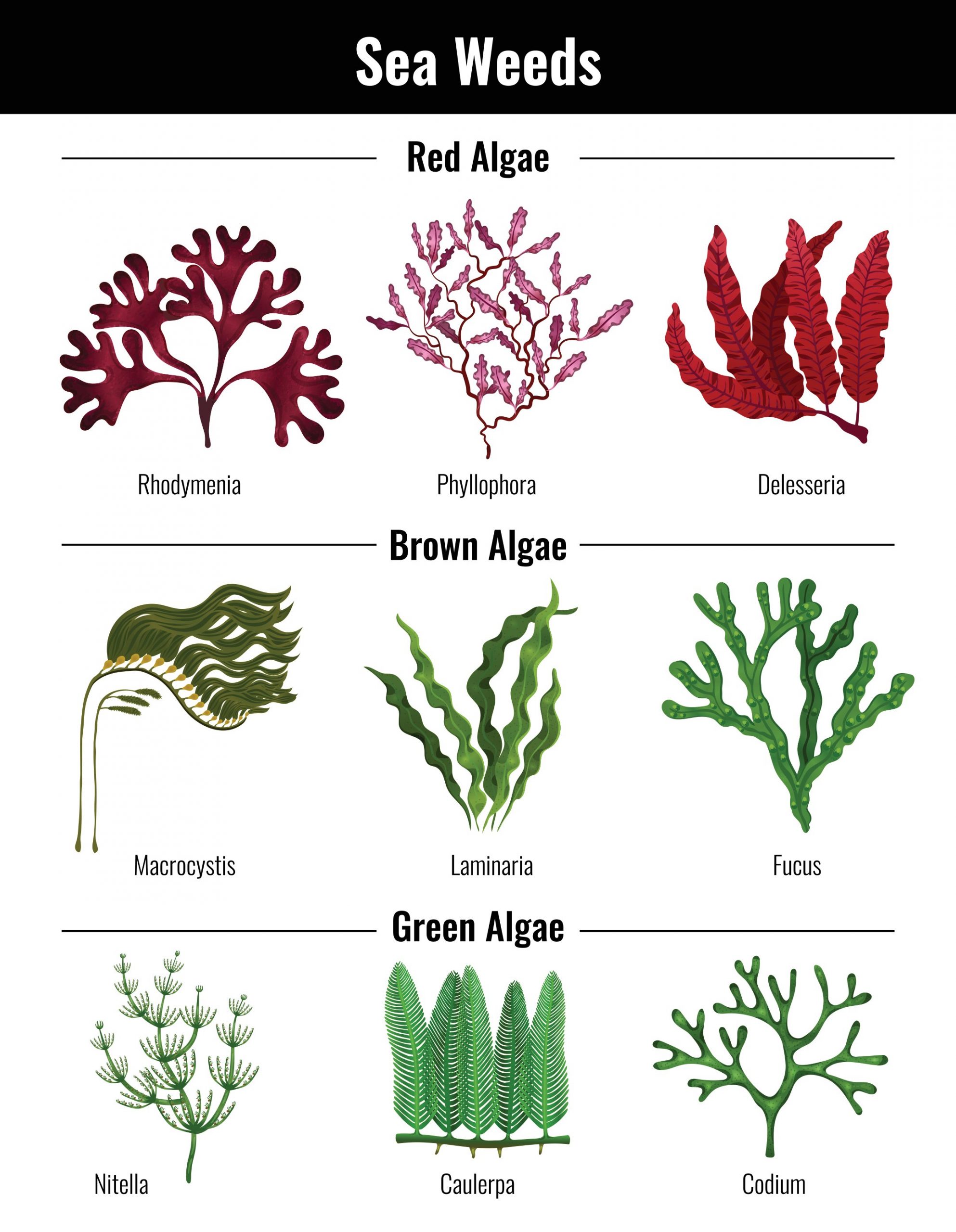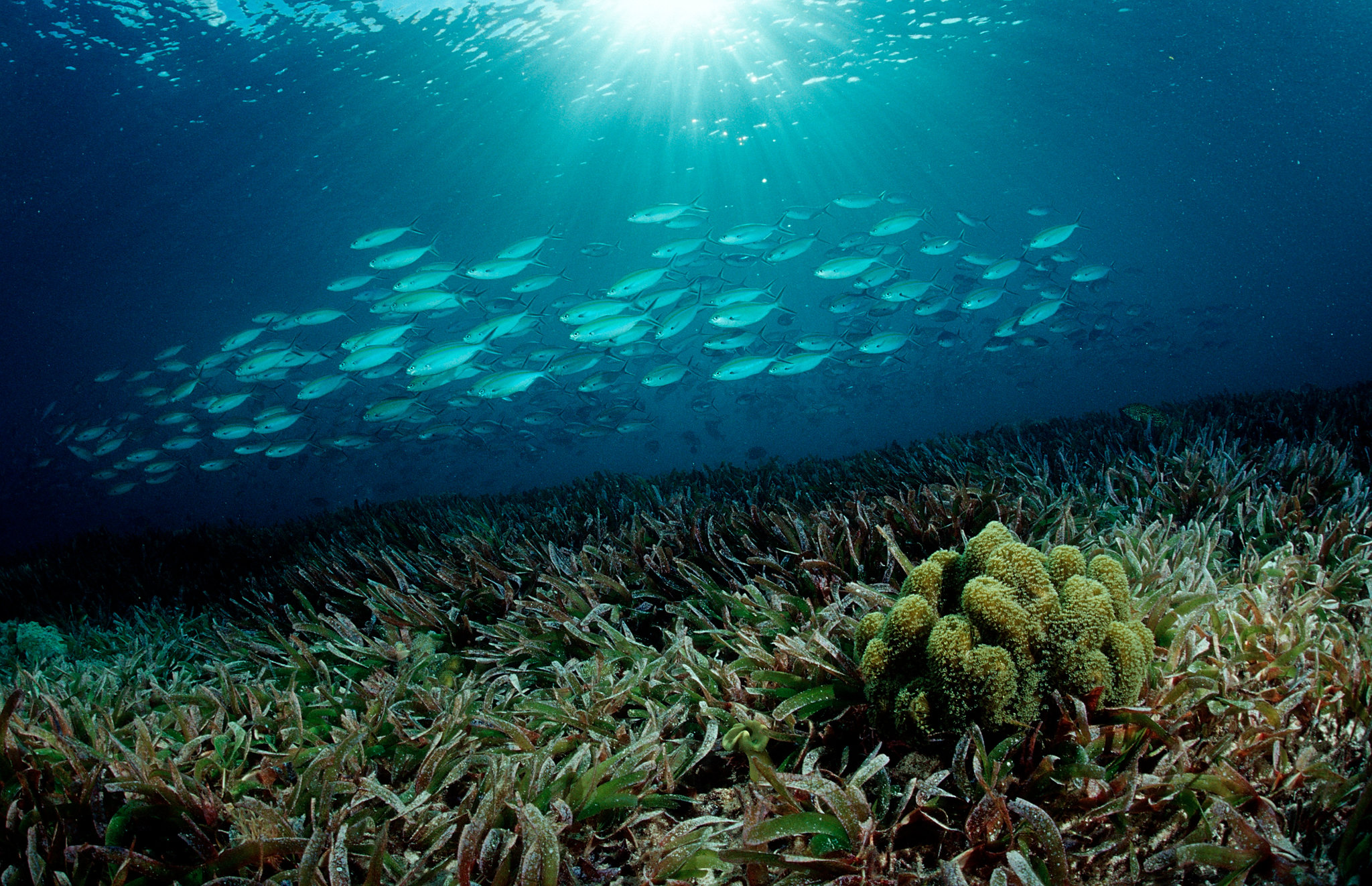Life on Earth owes its existence to the presence of oxygen in the atmosphere. However, the origin of oxygen in the atmosphere is not entirely understood.
It is believed that cyanobacteria were the first organisms to produce oxygen through photosynthesis. But, over time, other organisms, such as seaweeds, kelps, and phytoplankton, also contributed significantly to the oxygen production. In this essay, we will discuss the role of seaweeds, kelps, and phytoplankton as the pioneer oxygen bank for life on Earth.
One of the primary mechanisms involved in the ocean’s regulation of oxygen is photosynthesis. This process occurs in marine phytoplankton, which are microscopic plant-like organisms that float near the ocean’s surface. These phytoplankton use energy from the sun to convert carbon dioxide and water into organic matter and oxygen through photosynthesis. This oxygen is then released into the water and eventually makes its way into the atmosphere through diffusion.
Another mechanism involved in the ocean’s regulation of oxygen is the physical mixing of water. The ocean’s currents and tides cause water to move vertically and horizontally, which helps to circulate dissolved oxygen throughout the ocean. This mixing process allows oxygen-rich surface water to be transported to deeper areas of the ocean, where it is needed to support marine life. Without this mixing process, oxygen-depleted zones would develop in the deep ocean, which could lead to the collapse of entire ecosystems.
Seaweeds
Seaweeds are multicellular marine algae that are found in various marine environments, from shallow coastal waters to deep-sea environments. Seaweeds play a vital role in the marine ecosystem and are the primary producers in the ocean. They are also responsible for producing a significant amount of oxygen through photosynthesis. Seaweeds are capable of producing oxygen through the process of photosynthesis, which involves the conversion of sunlight into energy.
Seaweeds are considered one of the most efficient oxygen producers among marine organisms. They produce oxygen as a byproduct of photosynthesis, which occurs in the chloroplasts present in the seaweed’s cells. The oxygen produced during photosynthesis is released into the water, where it is available for other marine organisms to use.
In addition to producing oxygen, seaweeds also play a critical role in the carbon cycle. They absorb carbon dioxide from the water and convert it into organic matter, which is then consumed by other marine organisms. This process is essential for maintaining the balance of carbon dioxide in the ocean and the atmosphere.

Kelps
Kelps are large brown seaweeds that are found in cold, nutrient-rich waters. They are among the fastest-growing organisms in the world, and some species can grow up to 60 meters in length. Like other seaweeds, kelps also produce oxygen through photosynthesis. However, kelps are known to produce more oxygen per unit of biomass than any other marine organism.
Kelps are an essential source of food and habitat for many marine organisms, including sea urchins, crabs, and fish. They also play a vital role in stabilizing the ocean floor by anchoring themselves to the substrate. This helps to prevent erosion and maintains the structure of the marine ecosystem.
The importance of kelps in the marine ecosystem cannot be overstated. They provide a source of food and habitat for many marine organisms, and they also play a critical role in the carbon cycle. Kelps absorb carbon dioxide from the water and convert it into organic matter, which is then consumed by other marine organisms.
Phytoplankton
Phytoplankton are microscopic single-celled organisms that are found in large numbers in the surface waters of the ocean. They are the primary producers in the ocean and are responsible for producing up to 50% of the oxygen in the atmosphere. Phytoplankton produce oxygen through photosynthesis, just like seaweeds and kelps.
Phytoplankton play a vital role in the marine ecosystem. They are the base of the marine food chain, providing a source of food for many marine organisms, including zooplankton, fish, and whales. They also play a critical role in the carbon cycle, absorbing carbon dioxide from the water and converting it into organic matter.
Phytoplankton are highly sensitive to changes in the environment, and their populations can be severely impacted by changes in water temperature, nutrient availability, and pollution. A decline in the population of phytoplankton can have a significant impact on the entire marine ecosystem, as it can lead to a decrease in the availability of food for other marine organisms and a decrease in oxygen production.
However, the ocean’s ability to regulate oxygen is not infinite. Human activities such as pollution, overfishing, and climate change are threatening the ocean’s health and its ability to produce oxygen. Pollution from industrial and agricultural activities can introduce toxins into the ocean, which can harm phytoplankton and other marine organisms. Overfishing can disrupt marine food webs, leading to a decline in phytoplankton populations. Climate change can alter ocean temperatures and currents, which can also affect the growth and distribution of phytoplankton.
If these trends continue, the ocean’s ability to regulate oxygen may be severely compromised. This could have devastating consequences for both marine and terrestrial life on Earth. Without enough oxygen in the atmosphere, many organisms would be unable to survive. Additionally, the ocean’s role in regulating carbon dioxide levels would also be affected, leading to further disruptions in the Earth’s climate.
The ocean plays a critical role in regulating oxygen levels on Earth through mechanisms such as photosynthesis and the physical mixing of water. However, human activities such as pollution, overfishing, and climate change are threatening the ocean’s health and its ability to produce oxygen. It is essential that we take action to protect the ocean and its ecosystems, both for our own survival and for the health of the planet as a whole.
References :
- Dissolved Oxygen | US EPA. (2022, October 26). US EPA. https://www.epa.gov/caddis-vol2/dissolved-oxygen
- Naylor, R. J. (2003). WEEDS | Weed Biology. Elsevier eBooks, 1485–1494. https://doi.org/10.1016/b0-12-227050-9/00158-7
- Texas A&M AgriLife Extension. (2010, June 22). Dissolved Oxygen – AquaPlant: Management of Pond Plants & Algae. AquaPlant. https://aquaplant.tamu.edu/faq/dissolved-oxygen/
Image Courtesies:
- Featured Image : https://bit.ly/3LnJ3hk
- Image 1 : https://bit.ly/3Jj9z8S

